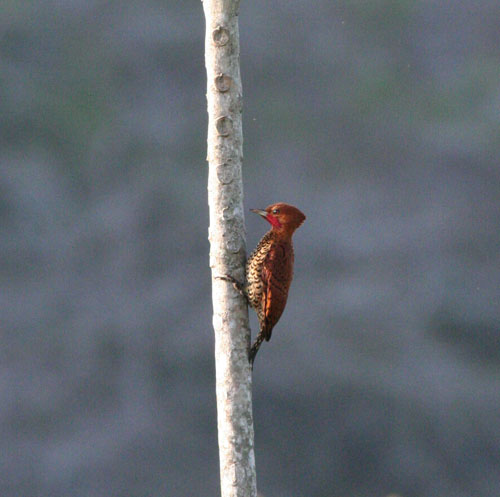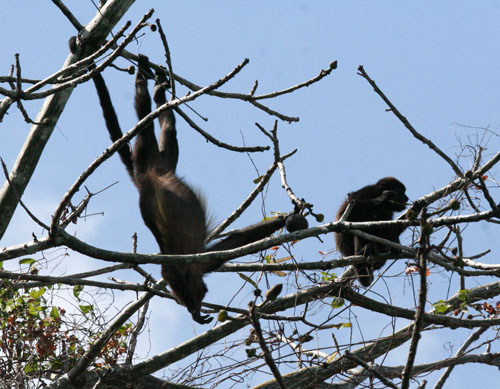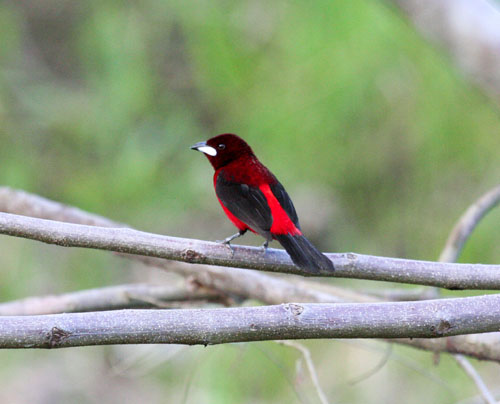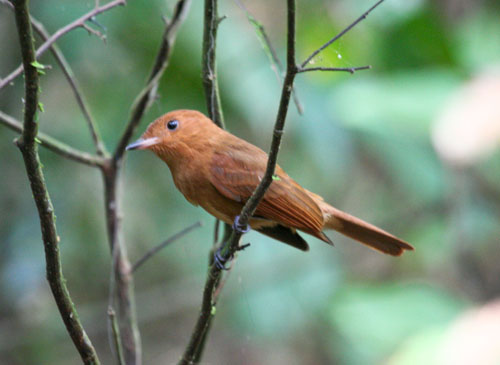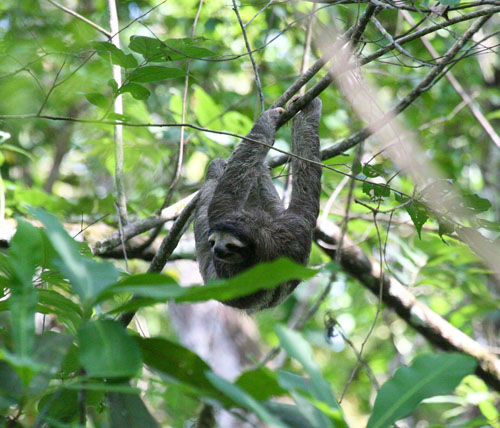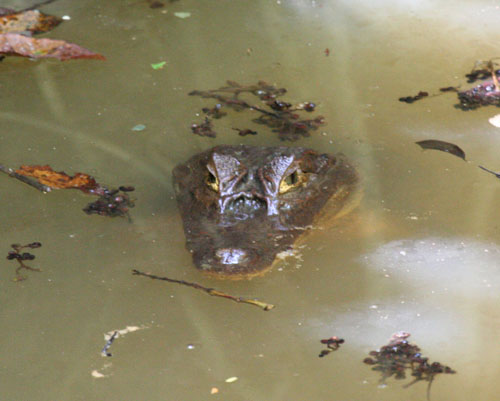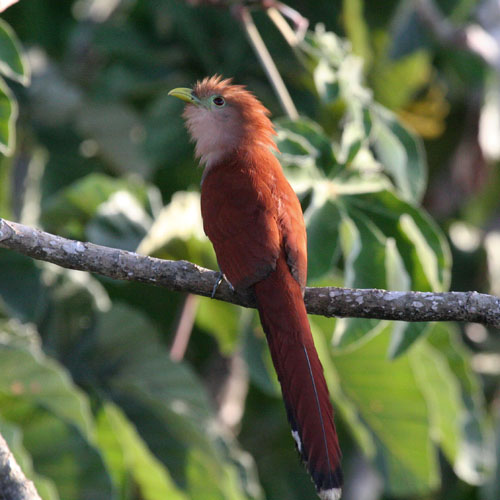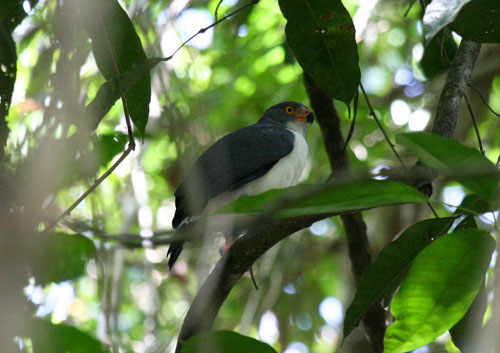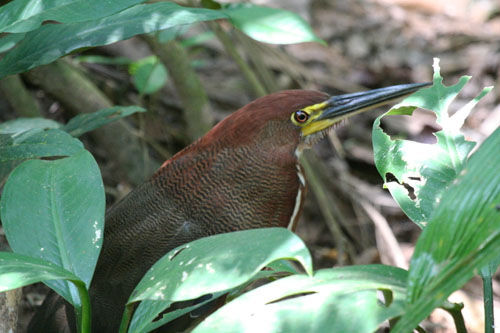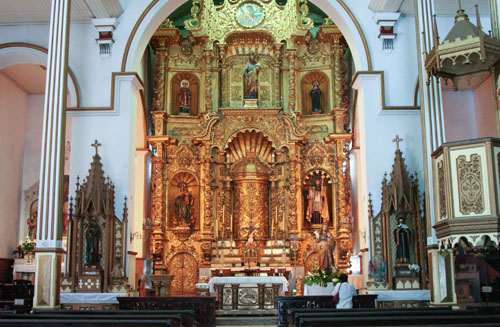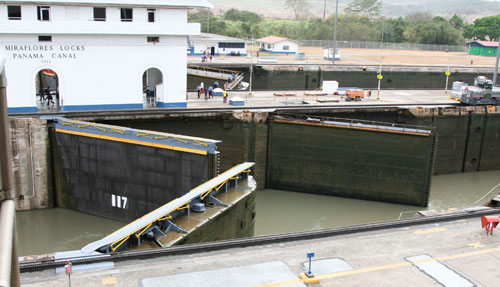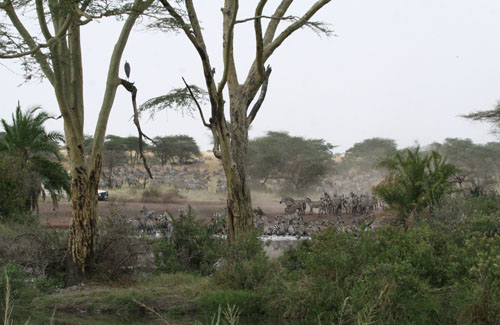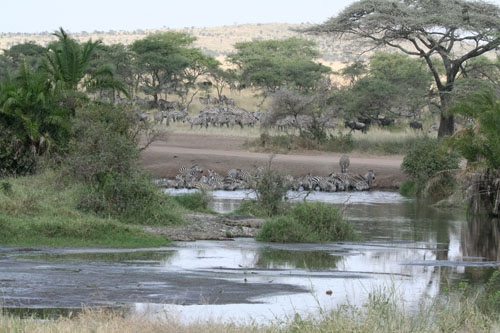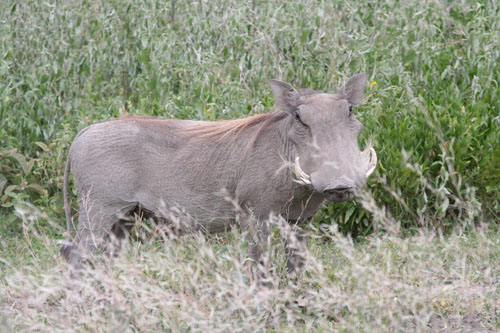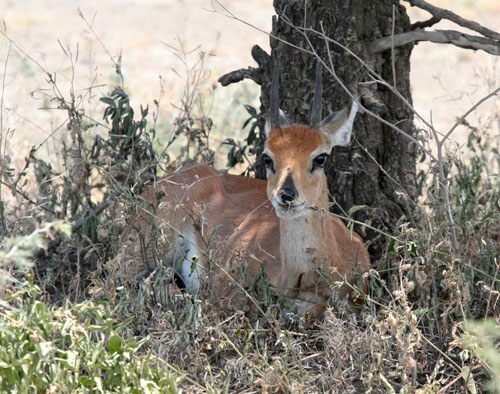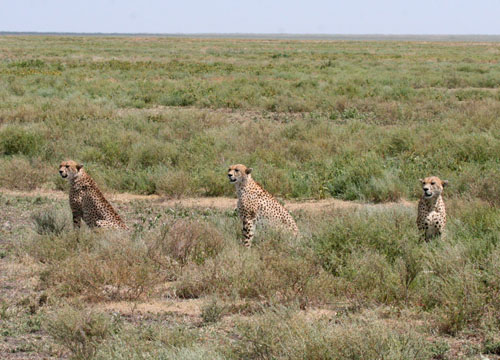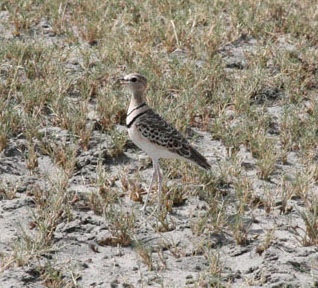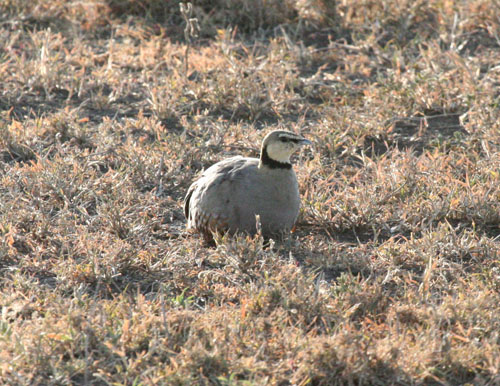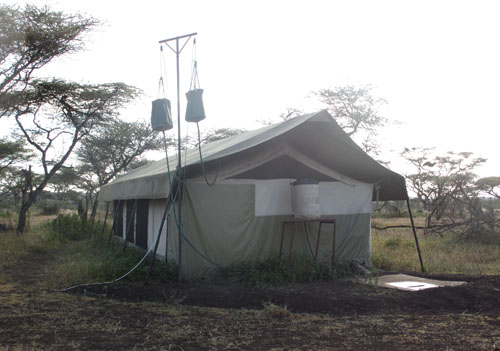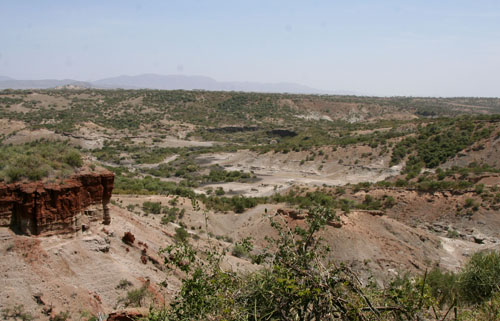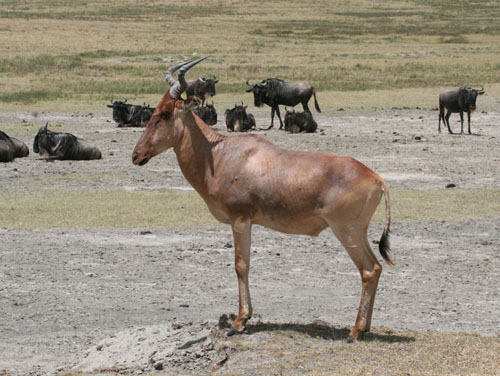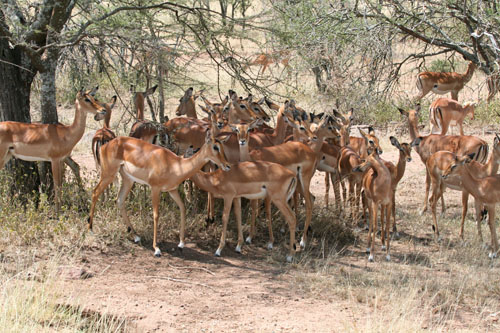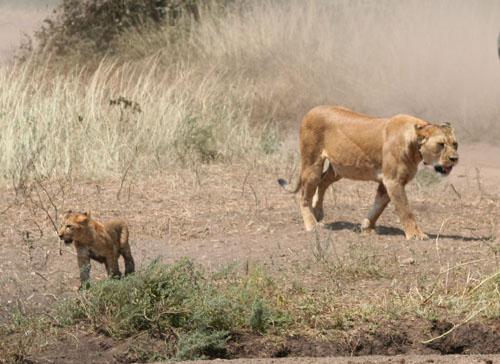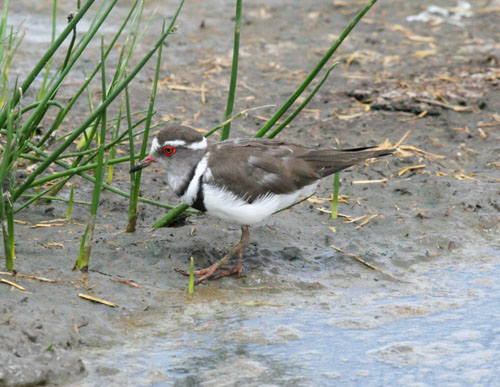We spent three nights at Canopy Tower and then we were driven in a Canopy vehicle to the sister birding camp, Canopy Lodge. This took about 3 hours. Canopy Lodge is located west of Panama City on the line between the Chocle and Panama provinces (or whatever the governmental divisions in Panama are called).
The location is higher, cooler and, at least while we were there, wetter than the area nearer Panama City. The countryside is very beautiful. We were not aware how hilly and mountainous Panama is away from the coast line. Canopy Lodge is located in the El Valle area, primarily foothill forests . For many years, this has been a week-end retreat for residents of Panama City seeking to relax in a quieter, cooler and drier clime.
The rooms at the Lodge are a lot nicer than those at the Tower. The grounds are much more expansive. There are feeding stations located off the open-air dining area (where all meals are taken) and these are regularly replenished with bananas to attract a variety of birds. Surprisingly, there was very little hummingbird activity at the Lodge notwithstanding the presence of a couple of hummingbird feeders. The only species I saw during my stay were Snowy-bellied Hummingbirds and Rufous-tailed Hummingbirds. Other species that showed up at or under the banana feeders included Blue-gray Tanagers, Crimson-backed Tanagers, Palm Tanagers, Flame (Lemon)-rumped Tanagers, Thick-billed Euphonias,
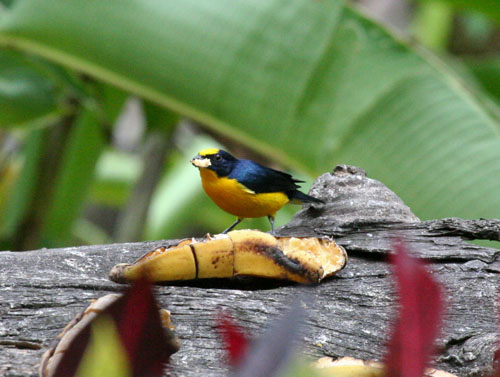
Tennessee Warblers, a Prothonotary Warbler, Red-crowned Woodpeckers, Clay-colored Thrushes, Chestnut-headed Oropendolas,
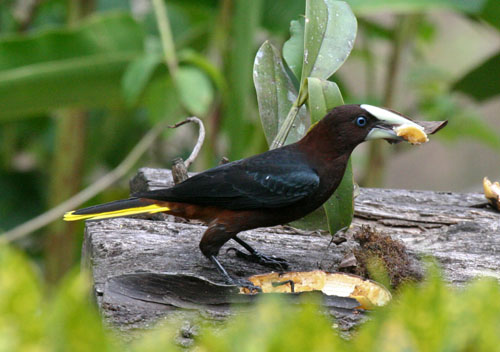
House Wrens, White-tipped Doves, Red-legged Honeycreepers, and, on the last day and much to our surprise, a strikingly plumaged Rufous Motmot.
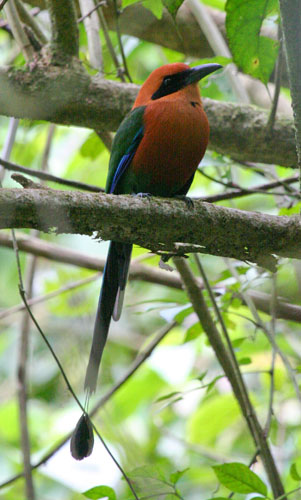
Our guide here was Moyo. He is knowledgeable and enthusiastic. As at the Tower, the guides at the Canopy Lodge are simply amazing in their knowledge of the local flora and fauna and in their enthusiasm in showing it all to their guests. We normally left with our guide after breakfast, about 7:15 and returned in time for lunch at about 12:30. After lunch and a siesta, or a walk around the grounds, we would go again with our guide about 3:00 and return at around 6:00. There are various routes that can be covered, and we were not there long enough to take them all.
Among the more colorful or interesting birds that we encountered during these field trips were Tawny-capped Euphonias,
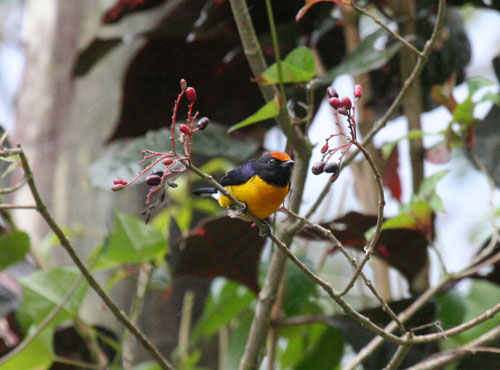
a Rufous Mourner,

a tiny and cooperative Streak-throated Hermit,
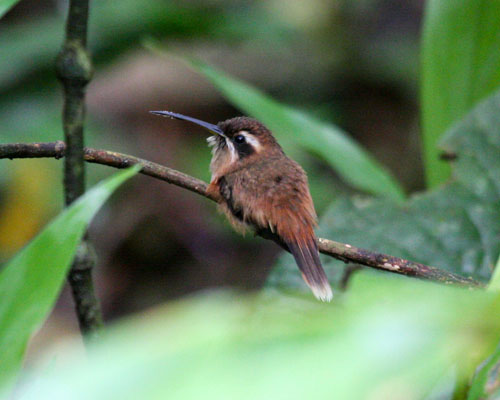
Scarlet-thighed Dacnis,
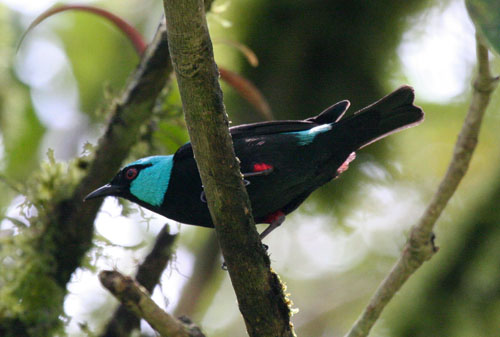
a big Amazon Kingfisher with fish,
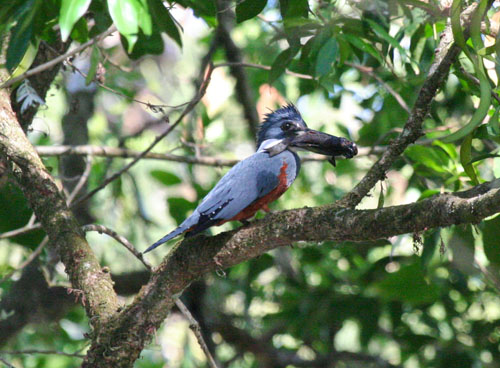
cute little Lance-tailed Manakins,
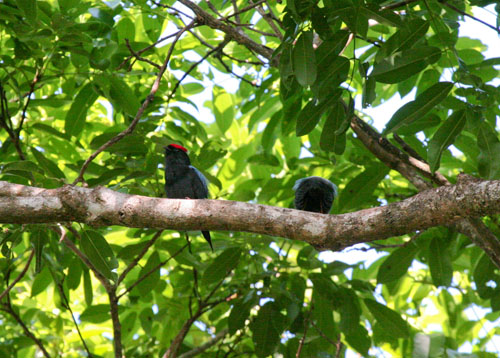
a White-bellied Antbird,
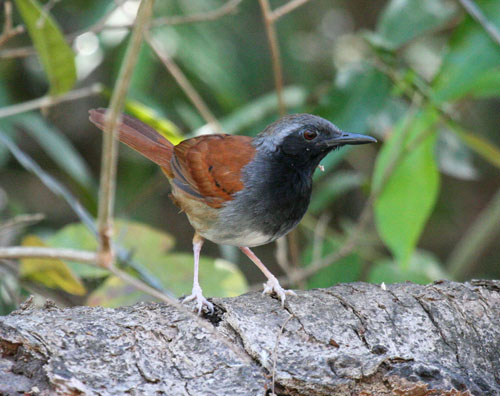
Garden Emeralds,
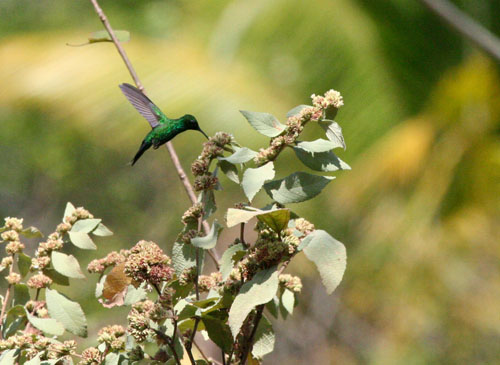
Orange-bellied Trogons,
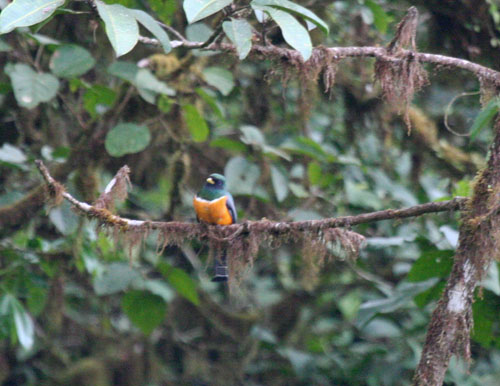
and a Blue-throated (Emerald) Toucanet.

My favorite spot of the trip was the lovely and rare Spectacled Owl.
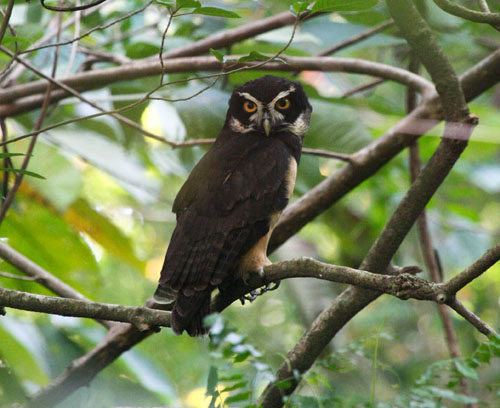
We saw five of the six Trogons that can be seen in the area (missing only the White-tailed Trogon), all of the five Manakins and all of the four Motmot species. We saw a good sampling of the Antbirds, Antshrikes, Antwrens, Antthrushes and Antpittas the dwell in the forests of Panama. Other families well represented were the Wrens, Tyrant Flycatchers, Hummingbirds (we saw 11 species), and Woodcreepers. Surprisingly few were the Parrots and Parakeets.
My final Panama bird tally was 81 new species and 211 total species. Panama is a beautiful country and it is great for birding. Anyone who has the opportunity to go there, should. There are many more areas of the country that could be explored with equally bountiful numbers of species.


